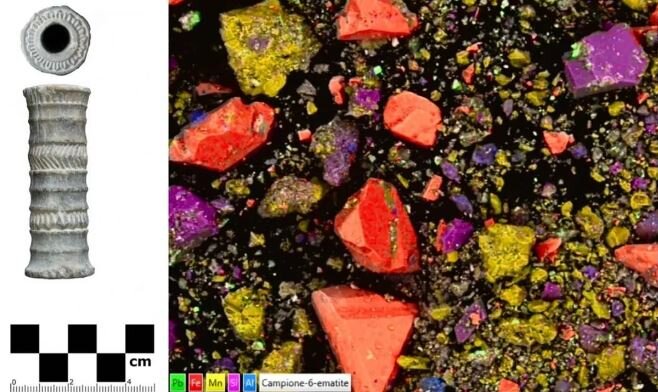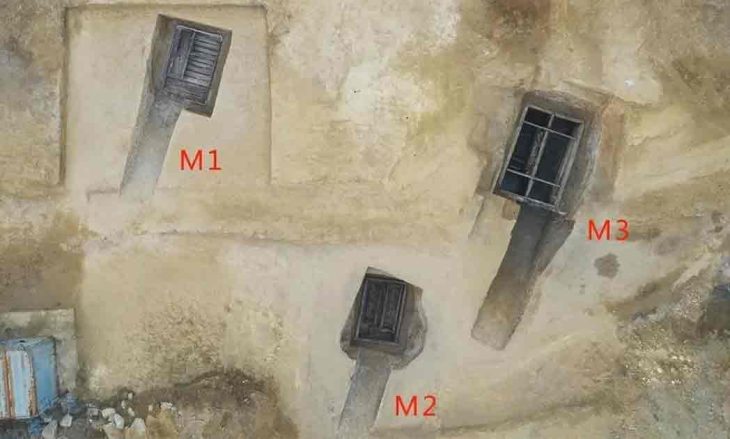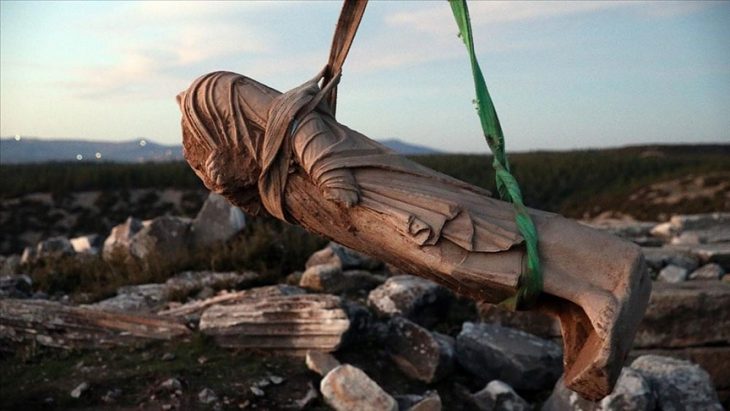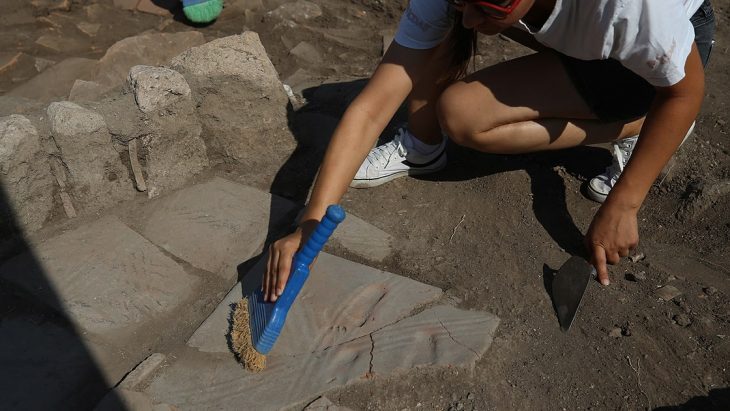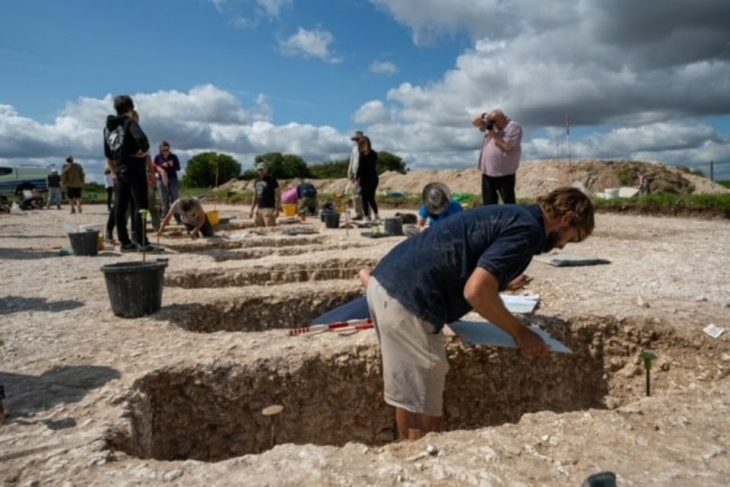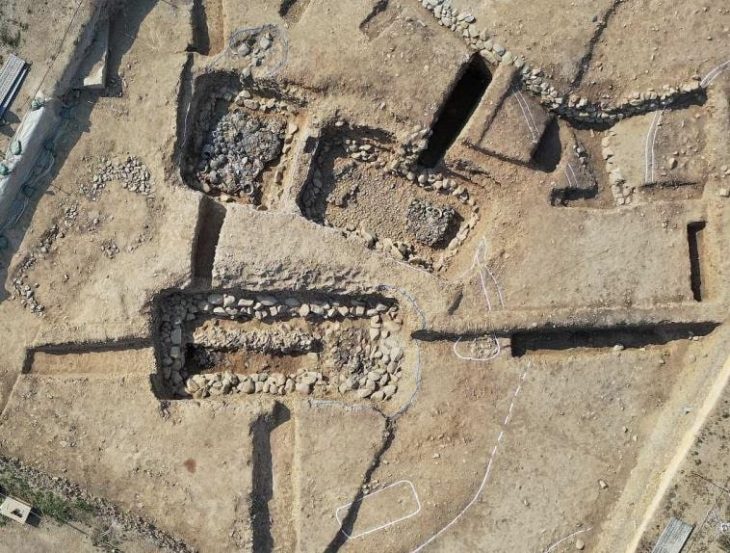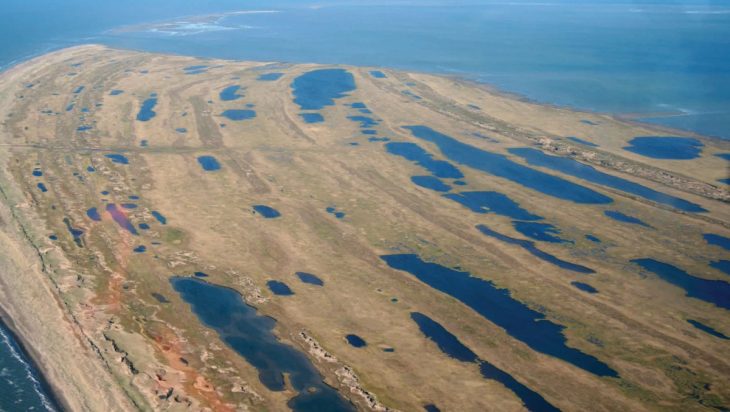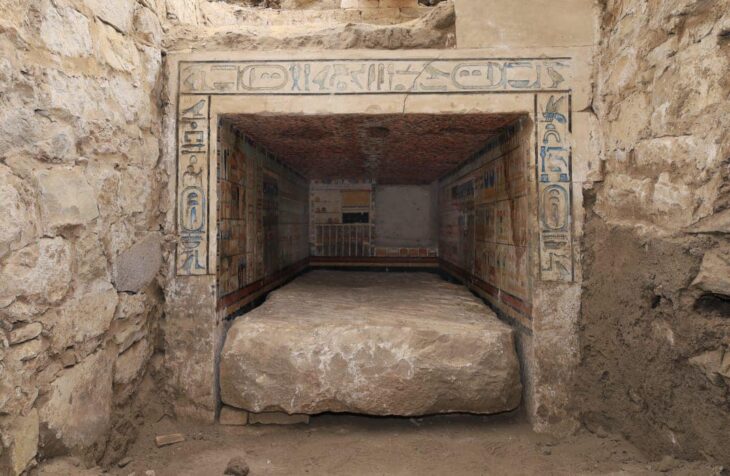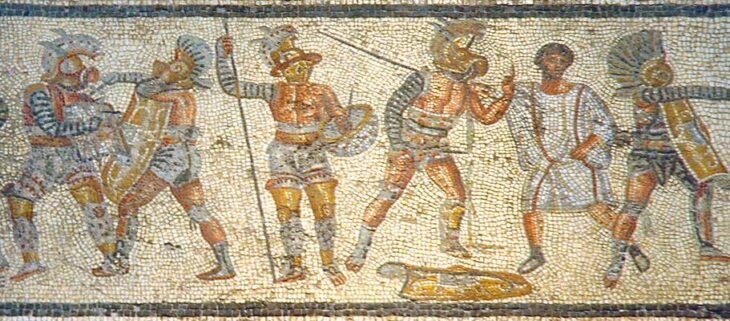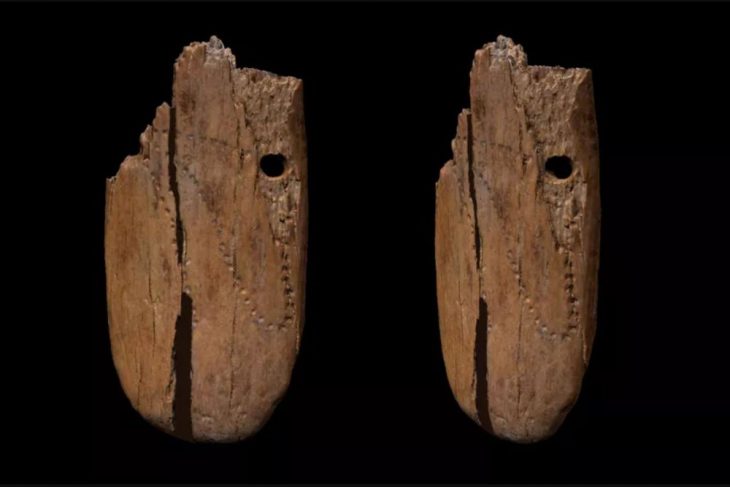Archaeologists have discovered a small chlorite vial containing a deep red cosmetic preparation believed to be an ancient type of lipstick in the Jiroft region of southeastern Iran.
This relic, published in the journal Scientific Reports on February 1st, is the oldest known red lipstick from the Bronze Age (between 2000 and 1600 B.C.).
The carved tube came from an ancient graveyard that reemerged in 2001 after the nearby river flooded. According to the study, people plundered the cemetery and sold whatever they could find. Several of the artifacts were eventually found and given back to a nearby museum by officials.
The vial’s slender shape, reminiscent of contemporary lipstick tubes, suggests it was designed to be held in one hand along with a copper or bronze mirror, as depicted in an ancient Egyptian drawing.
The findings, published in the journal Scientific Reports, show that the reddish substance’s mineral components include hematite, which has been darkened by manganite and braunite, as well as traces of galena and anglesite. These were combined with vegetal waxes and other organic ingredients, closely resembling the recipes for modern lipsticks. This composition bears a striking resemblance to modern lipstick recipes, indicating the sophistication of ancient Iranian makeup techniques.
The discovery, dated to the early 2nd millennium BCE, provides valuable insight into the ancient civilization of Marḫaši, mentioned in coeval cuneiform texts of Mesopotamia.
The Jiroft civilization, believed to be the ancient polity of Marḫaši, flourished in a valley rich with diverse lithic resources, providing favorable conditions for the development of advanced cosmetics.
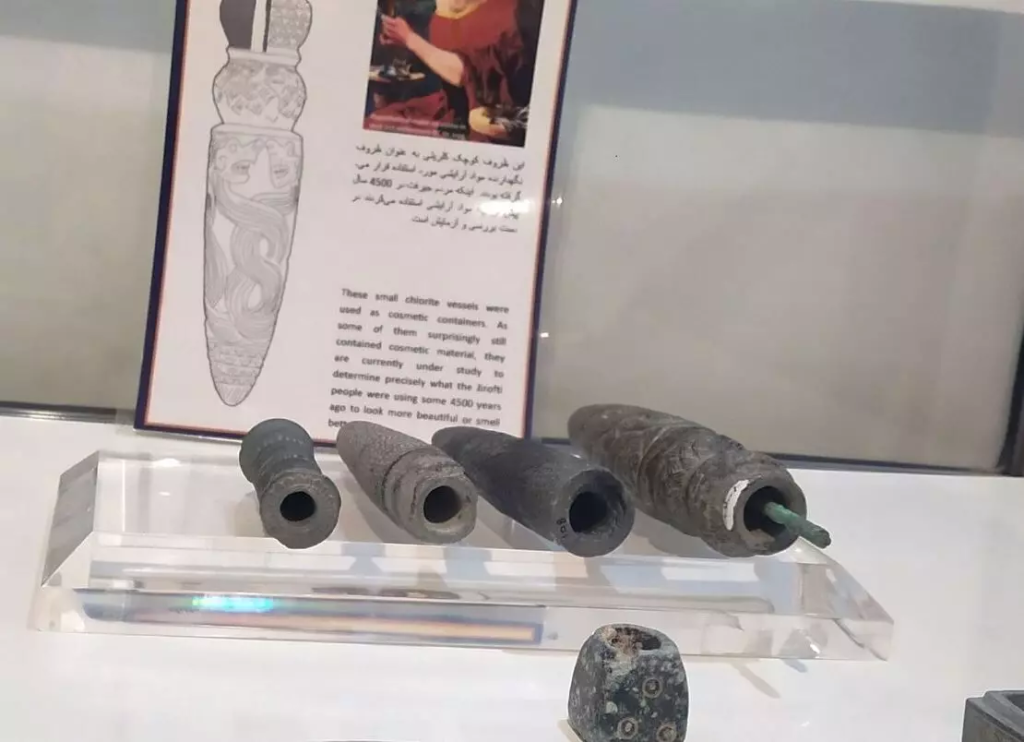
“So far, for the world of 5000-4000 years ago, we knew about makeup recipes, eyeliners, and eye shadows but not about lip paints.” Professor Massimo Vidale, one of the authors of the study and a professor of archaeology at the University of Padua in Italy, told Bored Panda in an email.
This discovery is consistent with the well-documented tradition of cosmetology in ancient Iran, which included using light-colored compounds for foundation or eyeshadow and black kohl for eyeliners. The sophistication of these makeup techniques suggests a complex society with clear social hierarchies and aesthetic standards.
The discovery of deep red lip pigments adds a new dimension to our understanding of ancient cosmetics, as previous archaeological evidence primarily focused on white or light-colored compounds.
Dr. Nasir Eskandari, a professor at the University of Tehran and one of the archaeologists who contributed to the discovery, stated to IRNA that the study aimed to uncover the pioneering role of ancient Iranians in chemical science.
He said that the discovered substance shows that the first inventors of lipstick may have been Iranians.
The finding raises the possibility that Iran is where lipstick originated, even though there are no historical documents or images from the Jiroft region.
However, Professor Vidale cautioned against definitive claims of “earliest evidence,” acknowledging the perpetual possibility of discoveries reshaping our understanding of ancient cultures.
Cover Photos from M. Vidale and F. Zorzi via Eskandari, De Carlo, Zorzi, Dall’Acqua, Furlan, Artioli and Vidale (2024)

